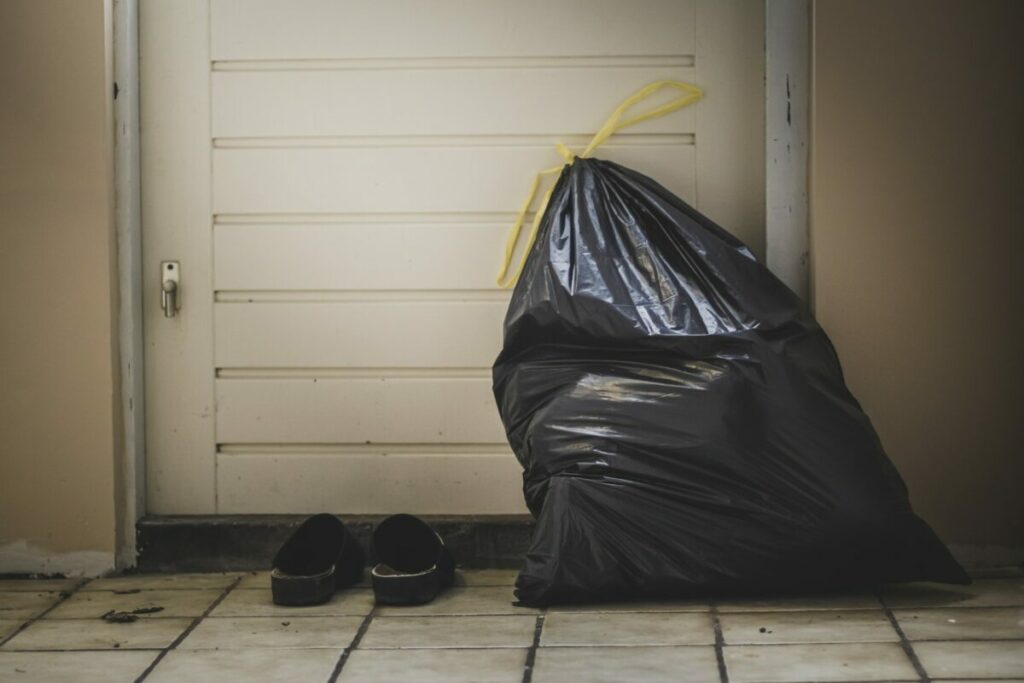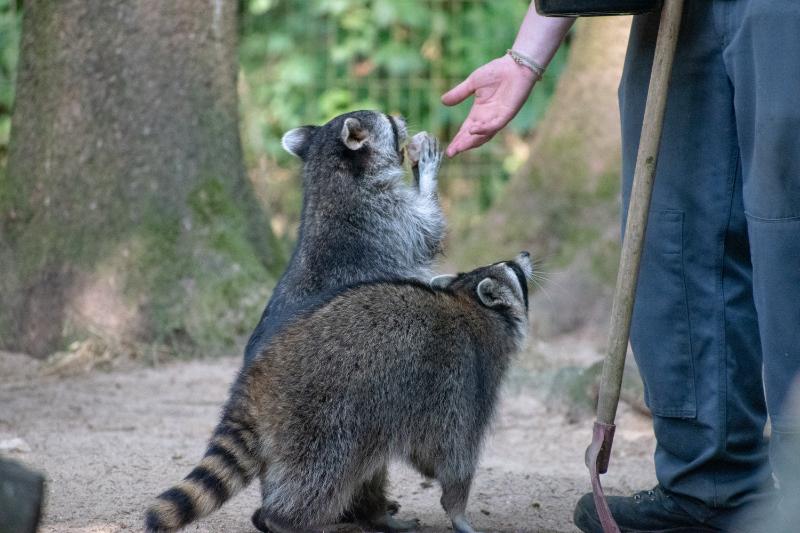Noisy visitors raiding your bins at night? Garden looking like a war zone each morning? While raccoons are indeed adorable, their reputation as nuisances is well-deserved. Whether they’re ravaging your garden or causing damage to your home, they’re clearly not the ideal houseguests. Prevention, as they say, is the best form of cure. If you’re keen on dissuading these creatures from treating your yard as their buffet, you’ve come to the right place. Let’s dive into the world of effective raccoon deterrent strategies, shall we?
Secure Your Garbage and Bid Raccoons Goodbye

From tearing apart garbage bags to feasting on leftovers, raccoons are famous for their dumpster diving activities. One effective raccoon deterrent tactic is to store your garbage indoors as much as possible. When you do have to leave your trash outdoors:
- Ensure your bins are tightly sealed; might want to use bungee cords for extra security.
- Don’t put pet food outside; these mischievous critters are huge fans.
- If your garden is a raccoon hotspot, consider installing a raccoon-proof electric fence.
Keep Your Home Raccoon-Proof

Raccoons don’t just stop at the yard; these bold creatures are known to venture into homes, frequently nesting in cozy spots like attics and chimneys. This is when the real damage happens. Ensuring your home is raccoon-proof can save you from costly repairs. Here’s what you can do:
- Fasten all doors and windows securely.
- Lock pet doors during nighttime; you don’t want a morning surprise in the pantry!
- Keep your attic spots free from openings; mother raccoons are always on the lookout for nesting spots.
- Place a cap on your chimney; it’s a popular spot for a raccoon den.
Already Have Raccoons Nesting?

If you’ve detected signs of raccoons nesting in your home, professional help may be required. Remember, where there’s a raccoon den, there are likely baby raccoons. The last thing you want is to scare the mother raccoon away prematurely. If you prefer some DIY raccoon deterrent methods, try:
- Playing loud music through a radio or using bright lights.
- Employing strong smells (like certain essential oils) to dissuade their return.
The Truth About Commercial Raccoon Deterrents

Ultrasonic devices, predator urine, mothballs, or ammonia – the list of advertised raccoon deterrents goes on. But do these work? Mostly, no. They offer inconsistent results at best. Most reliable of all? Prevention. Remember:
- Secure your food and garbage thoroughly.
- Keep your home inaccessible to raccoons.
Implementing these simple strategies, you’ll not only save time and money, but you’ll also be less likely to have uninvited, furry guests. In the battle against these cunning creatures, prevention truly is the best raccoon deterrent.